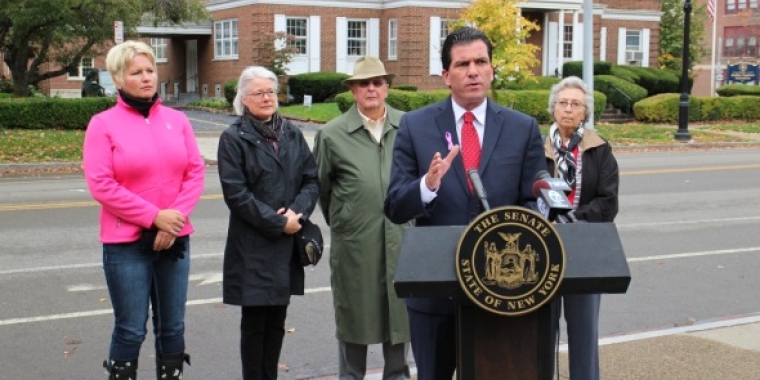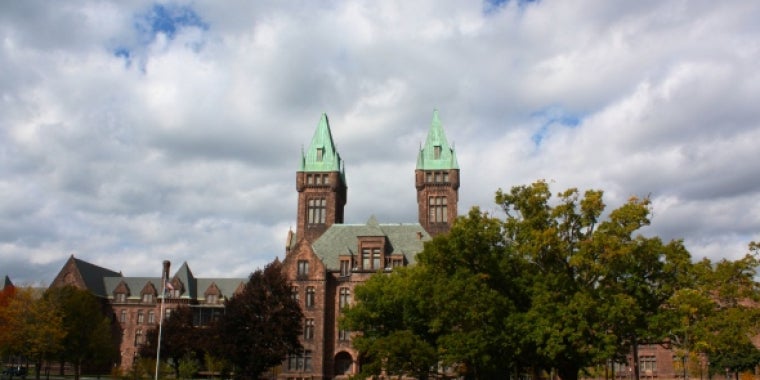Peace Bridge plaza areas designated as "no idling" zones
Mark Grisanti
September 21, 2012
-
ISSUE:
- Environment
-
COMMITTEE:
- Environmental Conservation

The Buffalo and Fort Erie Public Bridge Authority (Peace Bridge Authority) board of directors recently announced their authorization of separate "no idling" zones for the Canada and U.S. secondary Customs plaza areas and adjacent Duty Free parking lots. As a result, all vehicles will be required to heed this engine shut-down policy when parking, standing, or conducting business in the plaza areas.
"As a founding member of the Spare the Air Program aimed at encouraging motorists and commercial drivers to turn off their engines when in the secondary areas and parking lots, this new no idling policy makes sense for the Peace Bridge and is an extension of our ongoing efforts to address emissions in a constructive and practical manner," said PBA Chairman Sam Hoyt.
"The new no idling policy at the Peace Bridge Plaza will help to bolster efforts already underway to combat pollution and improve air quality at the Peace Bridge and the surrounding west side neighborhoods," said New York State Assemblyman Sean Ryan. "I would like to thank the Peace Bridge Authority for their leadership in putting forth this new policy and for their continuing efforts to improve air quality."
"I'm pleased with the PBA's authorization of these no idling zones, and believe it's another step towards reducing air pollution," said Buffalo Common Council Member David Rivera. "Previously vehicles were forbidden from idling longer than five minutes. By banning it outright, the PBA has made their policy easier to enforce."
An implementation program – which will include new signage, communications, staff education, and agency engagement – will be formulated by the PBA to help execute the "no idling" zones policy.
This announcement follows similar environmental stewardship initiatives recently undertaken by the PBA. For example in July 2012, the PBA and the New York State Department of Environmental Conservation (DEC) announced a new air monitoring initiate at the Peace Bridge, in order to better assess local air quality in the vicinity of the crossing. In addition, the PBA and the DEC have teamed-up to target Peace Bridge corridor emissions violators through a series of ongoing compliance sweeps by Environmental Conservation Officers. These sweeps include periodic inspection checkpoints as well as new signage and violation fine warnings. To learn more about the monitoring and idling enforcement efforts, click here.
In May 2012, the PBA also commenced discussions with the U.S. Environmental Protection Agency (EPA) as means to exchange information on previous air quality improvements at the Peace Bridge as well as ideas and best practices regarding future "green" stewardship opportunities. To learn more about this dialogue, click here.
To download the PBA Environmental Stewardship Report, click here.
The Buffalo and Fort Erie Public Bridge Authority, a binational bridge authority, has owned and operated the Peace Bridge since 1933. The bridge, which was opened to traffic in 1927, spans the Niagara River between Fort Erie, Ontario, and Buffalo, New York, and is a key international border crossing.
Share this Article or Press Release
Newsroom
Go to Newsroom

